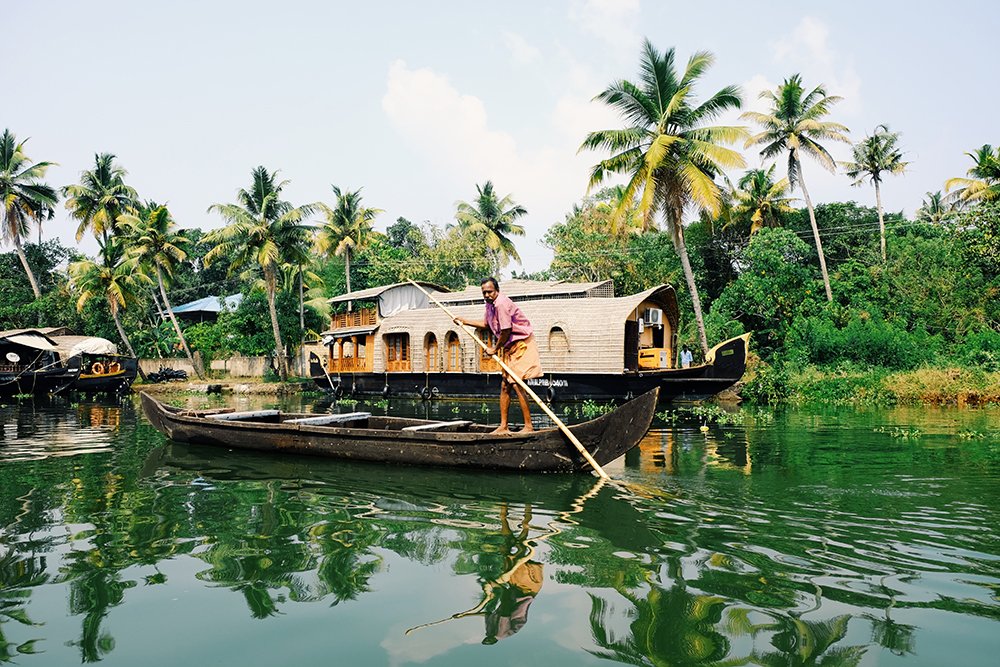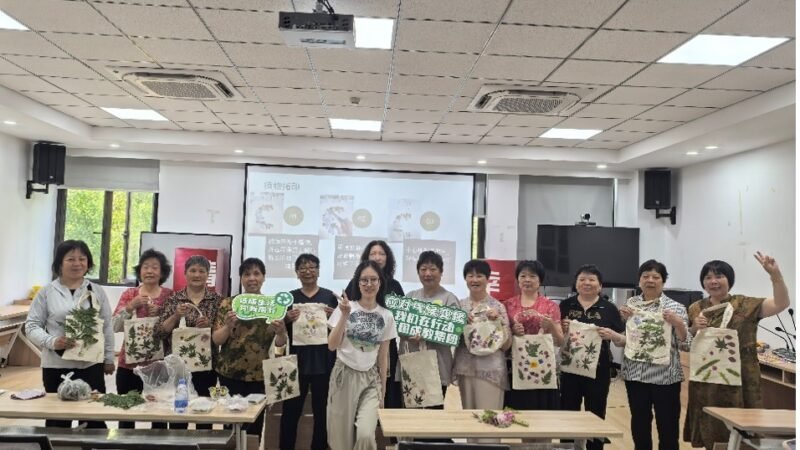By: Samyuktha Sethuraman
Biodiversity in its basic definition is the coexistence of all living organisms in a state of harmony. The groundbreaking Biological Diversity Act of 2002 in India revolutionized what biodiversity and its future had in store for them and for us. The Act helped in bridging the gap between the local communities and research institutes to ensure the rich knowledge of the locals were used in its truest and most authentic sense.
Healer’s knowledge – Stories from India
In Nallur, a village which is located in the State of Tamil Nadu, several communities are direct descendants of ancient healers. The rich knowledge of the medicinal plants has been imparted for generations immemorial. Ms. Parvathy Nagaraj, has always had a keen eye about the several plants that her very own grandmother had used for medicinal purposes. Proud about the fact that she is the sixth generation of healers from her own family, she states that the training provided by her grandmother has enabled her to identify more than 100 plants that grow in and around the forests she has been brought up in.
From the Raika community of Rajasthan, Mr. Harji Ram, a fellow of the group articulates how their community alone can identify more than 40 different trees and shrubs. Given the fact that these plants are medicinal assets, it has served to be of instrumental purpose for the communities belonging in the area. The foremost challenge faced by these communities have been the informalization of their knowledge. There was no formal institution or Law implemented to strive for the very purpose of preserving biodiversity with the aim of reaching thousands of people across the country. The Biological Diversity Act of 2002 was the breaking point, both for the locals and for the environment.
Lives of the Locals – After 2002
With the Act in place, it has embedded one very strong intention in place: to consume the biological resources with a shared system of mutual benefits, both for the consumer and for the producer. In simple terms, the Act created a framework which provided the local communities cultivating several biological resources an opportunity to formalize their knowledge with the ones procuring the raw materials from them. This also enabled them to make a livelihood for themselves.
The Act laid out a clear foundation stating that there must be a Biological Management Committee (BMC) within each district that is registered under the Act. This was a power-move made to ensure that the equity existed at all levels, from the macro to the micro levels. Once the BMCs were formed, the next step was to ensure that each of the regions constituted a People’s Biodiversity Register (PBR) which created a safe space for the locals to share their inputs with the consumers so as to ensure both the parties are on the same page. The BMC carefully considers the numerous resources consumed and the due revenue that each of them need to be paid for.
The Act was set out in high spirits but over time its implementation has been slow works of progress. Towards the beginning of 2016, for 3 lakh PBRs only a mere 9700 BMCs were registered across the country which accounts for up to 3.6%. The struggle for the local communities was undreamed-of. Combined efforts of a petition filed by Mr. Chandra Bhal Singh and directive from the National Green Tribunal (NGT) quivered the whole framework through the administrative lens. Ever since the Directive came into the scenario, the lethargy was startlingly erased and the respective authorities have gone out of their ways to ensure that equity was maintained at all levels, for both the producers and the consumers. Statistics present data stating that for 3 lakh PBRs, currently there are 2 lakh BMCs and counting.
Officials with the authority are endowed with humungous responsibility. It is people with these positions that make a difference in real time. The Chairperson of the National Biodiversity Authority, Mr. Mathur keeps a close eye by ensuring that both administrative duties and the interactions with the people at the grassroots are met with the desired solutions.
Over the years, people with technical, specialized knowledge infused with the required experience are brought into the space so as to warrant the best possible elucidation of the issue of concern.

Roadblocks on the way
Careful selection of the top experts is one side to the same coin. In ensuring the preservation of the lush and opulent Indian Biodiversity, the fast-pace of urbanization and quick critical thinking has often left the people behind. There exists an intellectual gap between the personnel owning a technical/specialized degree versus the first-hand knowledge of the locals like Parvathy and Harji Ram.
Why does this exist? An instance recollected by a State Biodiversity Board consultant states that while the Administration tries to rope in as many locals as possible, the disparity arises when the locals speak in their local language which is often incomprehensible by the technical experts. Another question to be asked here is – Are there not enough people who could bridge this chasm? Is it also a question of the cultural and mental make-up that each of us possess?
Despite the locals subsisting as treasure boxes of abundant knowledge yet to be unearthed, formal institutions fail to recognize their outlooks and observations of the biodiversity on the grounds of not meeting the standards of formal research. Right from the Raikas in Rajasthan, Nomads living across Central India for generations together, their relationship and understanding of Mother nature and biodiversity from an atomic lens ceases to amaze the experts from the field. The very need of formalizing almost anything and everything in a field which ensues to be abstract is one of the plentiful reasons for the existence of such cavities which inadvertently shapes the future of Indian Biodiversity.
What does the future hold?
Issues faced by the communities is the tip of the iceberg. Even perhaps the warning for the future generations to come. Being global citizens of the 21st century witnessing multifaceted concerns must be handled with caution to ensure that at least a drop of Mother nature is within the grasp of people in the years to come. After all, we exist and continue to do so because of nature and it is our sole responsibility to take care of the very surroundings we are brought up in.




